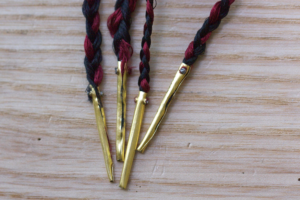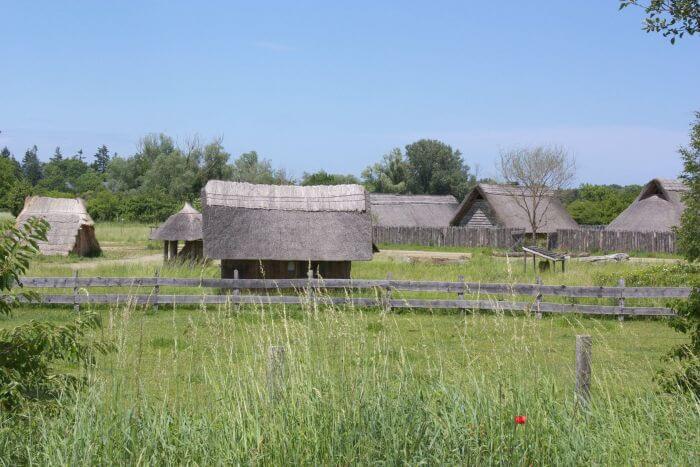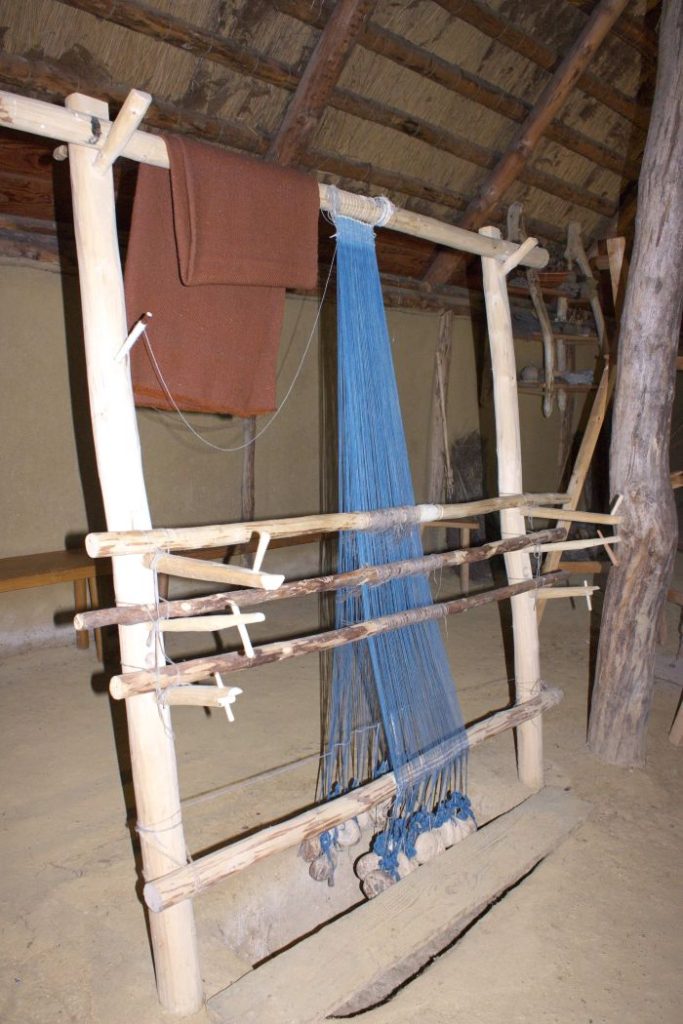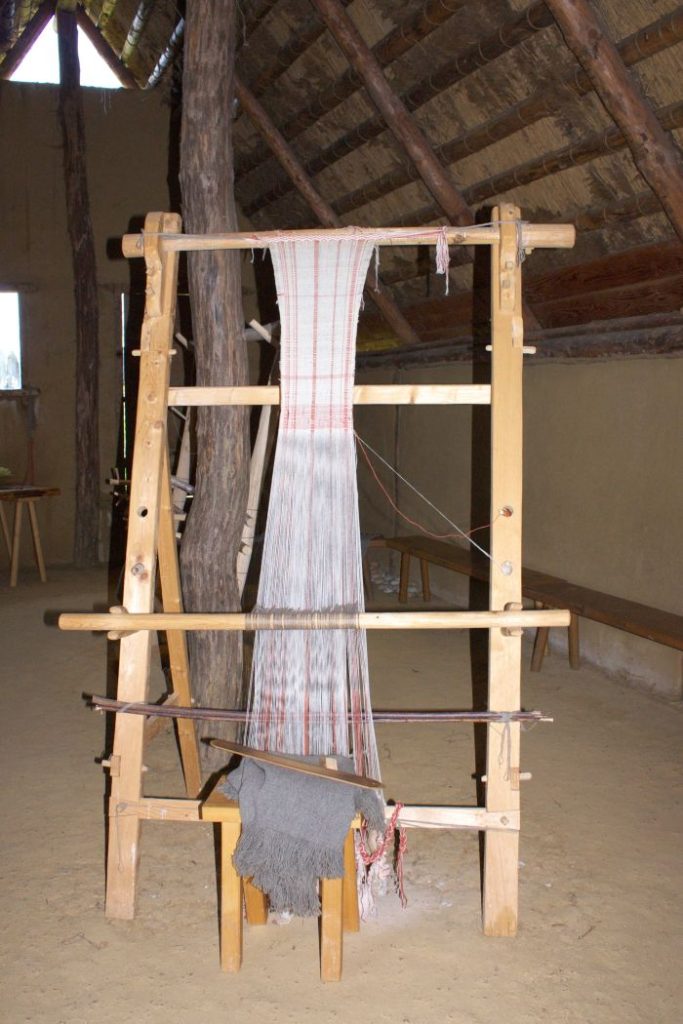I look at some medieval Thing. I sort of try to figure out how it was made. I read up on more details of the Thing, and the Type of Things. I find out that there was quite some variation, and that some of the assumptions I made when seeing only Thing are not correct.
I read up more on Type of Things. I find something about it that sounds... weird. Like "how on Earth can that work" weird. "Whyever would you want to do that with this tool/material/method" weird.
I fiddle around some more with doing stuff. I try the weird-seeming tool, material, or method. I find it works brilliantly - much better than my own ideas that I used in my first tries.
I stand there, humbled, and realise again that living a couple of hundred years later does not make anyone automatically smarter, or better at doing something that was already successfully done, and developed to best efficiency, back then.
At least these days, I've been humbled often enough and learned enough about this that it does not take me very long to try out the original materials or (possible) methods... as opposed to when I was a teenager and getting started with Living History.
In the most recent case, by the way, the Things are the lace chapes, and the Weird Thing About Them was the indication that at least some chapes (possibly not all of them, but this is a tiny detail that may be hard to see or evaluate anyways, due to several different reasons) were riveted with an iron rivet.
Now, those chapes are tiny. (I mentioned that, right?) They are made from very thin brass sheeting, so once they are bent, they are a good bit stabler than the flat sheeting, but it's still a relatively soft material. Iron is much harder than brass... but I did find that using a soft iron wire to make the rivet does work better than using a dedicated brass rivet (yes, you can get them in so tiny).

So. I stand humbled, and corrected, and will happily go on pounding the heck out of soft iron when riveting. (Very carefully, though, rather softly, and with a very small hammer. I lovingly call it my "Mädchenhammer"... my girls's hammer.)
Now what is left to do is figure out how to offer these in the shop - which kinds of bands, which lengths of chapes, which lengths of bands. (Obviously, I'll be able to make specific lengths on demand, but setting up the shop attributes for that might not work...) If you do Living History, use laces with chapes (or laces without them) and have comments for me, they are very welcome!








